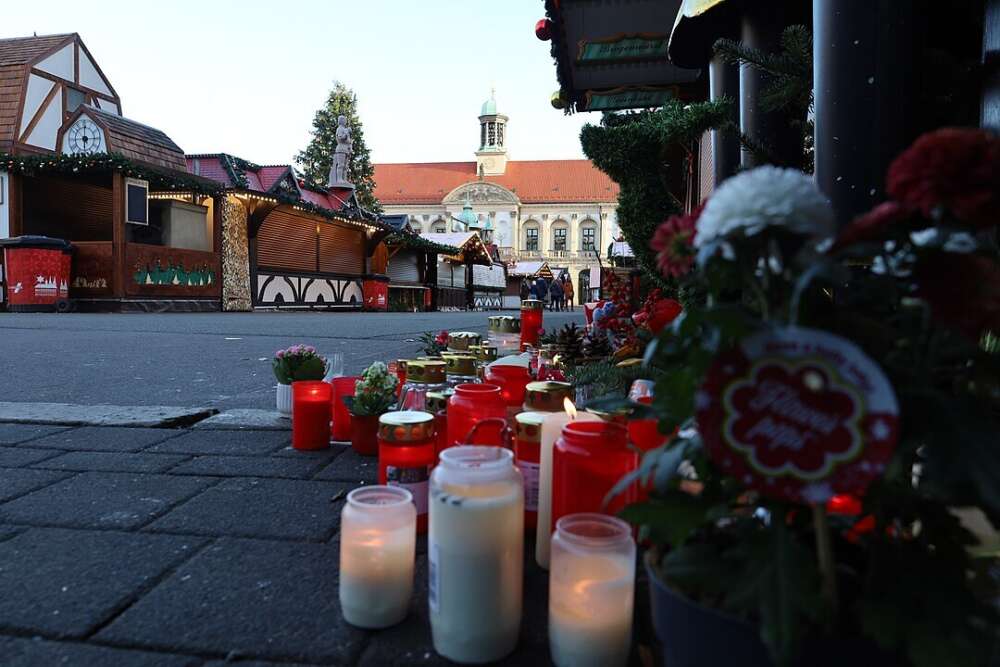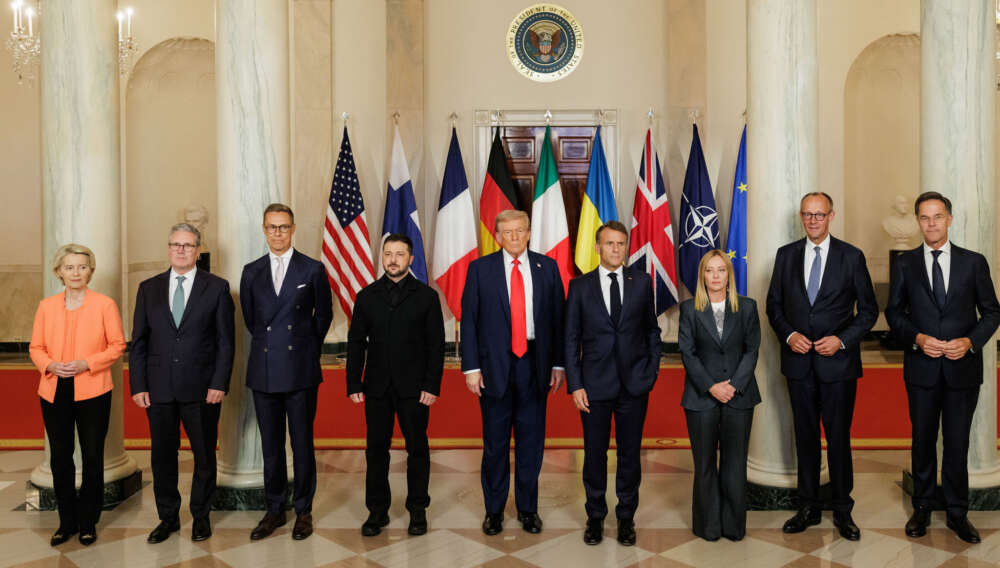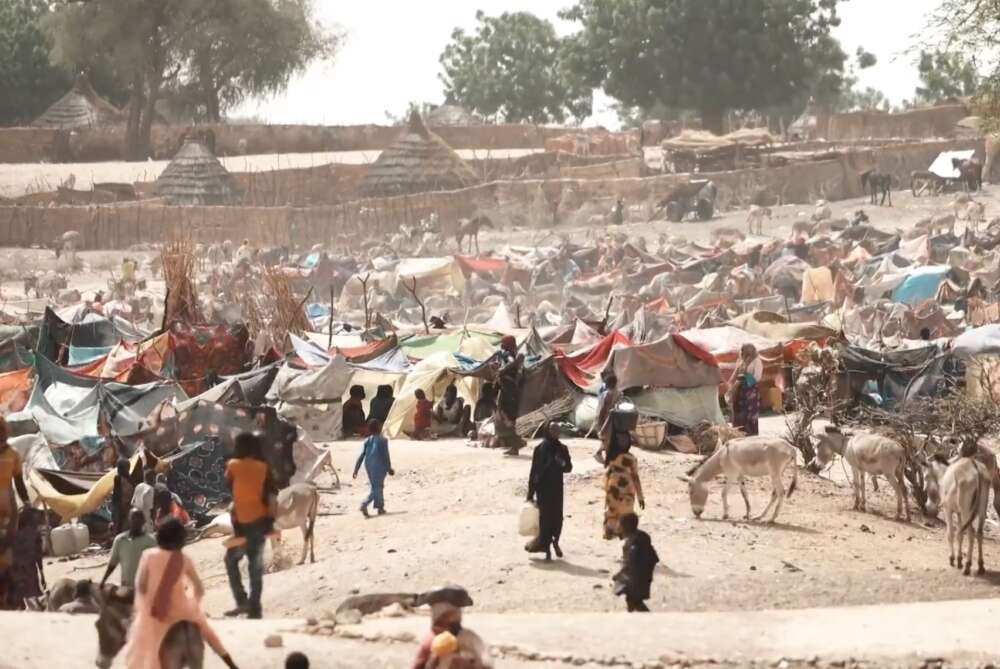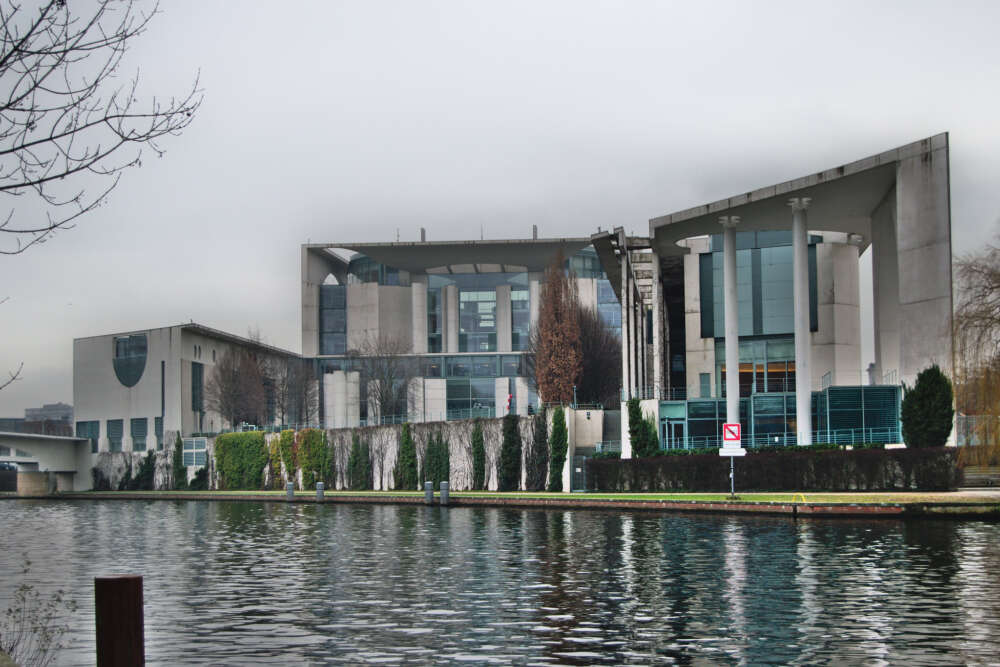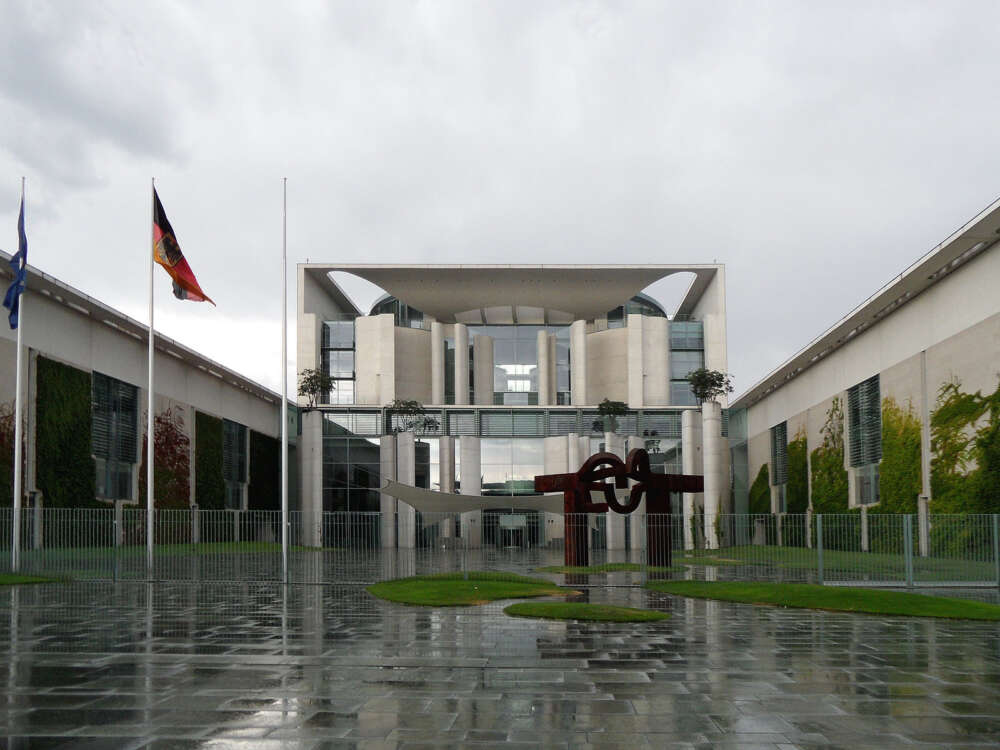No Child’s Play: Why Our Adversaries Are So Often One Step Ahead
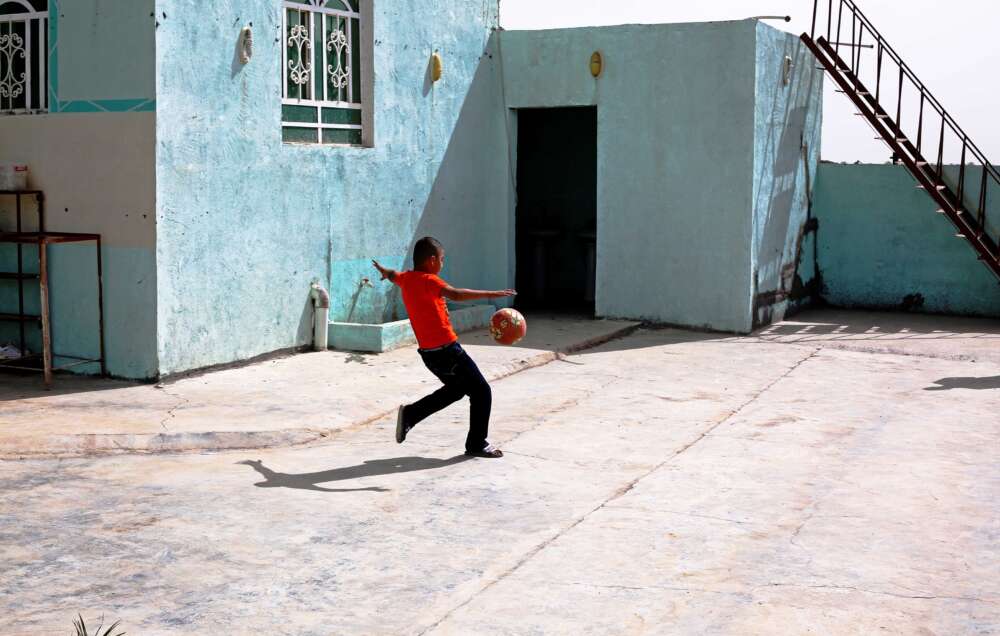
Also available in GERMAN.
In discussions about Germany’s foreign and security policy, conflict prevention (for which Berlin is the world’s largest donor), or the challenges of the Zeitenwende,[1] one group is usually missing: children and youth. They are a significant factor in foreign and security and yet their importance is mostly underestimated.
The average person in fragile and conflict-affected areas worldwide is 17 years old or younger. In many crisis contexts, minors make up the majority of the population. As a result, children are disproportionately involved in conflict activities and affected by their consequences. But it’s not just about the numbers: children also play unique roles in violence and chaos. Those whose business model is social and political destabilization have long understood this; there are countless examples of authoritarian rulers and armed groups exploiting minors for their own purposes.
Anyone who wants to counter the strategies of autocrats such as Vladimir Putin or terrorist groups such as the Islamic State must broaden their perspective on war and conflict to account for the importance of minors in these contexts.
Dictators and terrorists target children because of their particular physical and social characteristics: children are often not perceived as a threat, which allows them to move around more inconspicuously. This makes them ideal for executing acts of sabotage or gathering information and intelligence. Children also tend to be easier to overpower, manipulate and radicalize than adults. Because of their vulnerability and need for protection, children generally hold a special status in society. For their families, ethnic groups, and political or religious communities, they embody the future. This social importance – both for the present and the future – makes children a prime target for actors seeking to inflict harm where it will hurt the most. At the same time, however, minors in conflict areas also contribute to the preservation of social and economic structures, for example by raising siblings or engaging in child labor.
Weaponizing Children
In Syria, Bashar al-Assad’s security forces detained at least 5,000 children between the start of the civil war in 2011 and the fall of his regime in the autumn of 2024. In many cases, the children of opposition forces and rebel groups were specifically targeted and tortured to force them to reveal information about their families or the opposition. Captured children were also used as leverage to collect ransom money or to persuade opposition members to turn themselves in for exchange.
From the Assad regime’s point of view, the imprisonment of these children had additional strategic value: it put these young people out of reach of the rebel groups that might try to recruit them.
The imprisonment of minors often ended in their execution; however, the total number of death penalties carried out remains unknown.
Eradicating Ukrainian Identity
Russia, in its war against Ukraine, has also recognized the intelligence potential of children. Through seemingly harmless gaming apps, Ukrainian children were prompted to upload photos of their surroundings, including civilian and military infrastructure, as one way to collect points as part of the game. Such geographical data on hospitals or military bases is useful to the Russian military, for example, in air strikes.
Analyzing Russia’s approach to children and youth offers insight into Putin’s war objectives. Throughout the most recent conflict, the Russian military has deliberately targeted children by attacking schools or bombing theaters in Ukraine; for example, it bombed a theater in Mariupol in 2022, even though the word “children” was written in large Cyrillic letters with white chalk on the squares in front of and behind the theater building. The drastic increase in the number of children killed and injured in 2024 is also a consequence of this approach.
Putin’s security forces have abducted thousands of Ukrainian children to Russia (the Ukrainian government estimates more than 19,500), where their “adoption” by Russian parents has been rewarded with bonuses of up to US$1,000. This is a tactic of ethnic cleansing, used by the Nazis in World War II and prohibited by the UN Genocide Convention since 1948.
These measures reveal Russia’s deliberate effort to erase the Ukrainian identity. During genocides, violence against children is particularly common. Cynically speaking, it is one of the easiest ways to symbolically and effectively attack the future of the group that is to be eliminated. During the genocide in Rwanda, the Hutu leadership explicitly called for violence against Tutsi children and pregnant women. Some estimates suggest that minors made up the majority of victims. Ten years after the end of the genocide, children still played an important societal role: in 2004, 42,000 households in Rwanda were headed by minors.
A New Generation of Taliban Fighters
Examples of children’s economic significance are easy to come by. In Gaza, for example, a quarter of households rely on minors as their main breadwinners. Armed groups exploit the financial hardships and everyday needs of children by offering them money or supplies in exchange for joining their forces. This strategy has been employed by Hezbollah in Lebanon, which offers children a wide range of substitutes for lacking state services via scout groups, schools and other social welfare institutions. Through these organizations, Hezbollah provides children with education, social connections and security — but also indoctrination and a direct recruitment pipeline into the armed wing of the organization.
A closer eye on the recruitment and radicalization of children would potentially also have made it possible to better foresee what a report by the German Bundestag called the “strategic failure of the 20-year mission in Afghanistan.” Today, most of the Taliban leadership is between the ages of 24 and 36 years old; many of these young men were young children during the last Taliban regime from 1996 to 2001.
As early as 2015, reports warned that the Taliban were increasingly indoctrinating and training children as young as six in madrasas (Islamic schools). Thousands of teenagers were deployed as regular combatants, including in terrorist attacks. This allowed the Taliban to build up a new generation of fighters and to take root in ever larger areas. It is hard to imagine that this did nothing to contribute to the Taliban’s rapid reclamation of power in 2021.
The Islamic State (IS) made its strategy of deliberately targeting children public. IS believes that even if conquered territories are lost, the Islamic State will continue to exist for generations to come, carried on in the minds of the “cubs of the caliphate.” Therefore, it made the radicalization and recruitment of minors a core priority and backed it up with appropriate resources. IS took over around 1,350 schools, in which more than 100,000 children were systematically radicalized. IS has also skillfully utilized social media to appeal to children and youth. In propaganda videos, minors often portray themselves as fighters or supporters of the organization.
This calculation has at least partially paid off; poverty, exclusion and a lack of prospects continue to make minors vulnerable to IS ideology. Experts in northern Iraq refer to this developing dynamic as a “ticking time bomb.”
Behold, Evil is So Close
However, one does not even have to look as far away as Iraq or Afghanistan for examples of youth radicalization. Even in Western democracies, minors are being deliberately radicalized. According to a recent FBI report, the number of underage extremists is increasing every year. As part of an ongoing research project by the Berlin-based Global Public Policy Institute (GPPi), extremism experts from Norway, the Netherlands, Australia, Spain, and Canada demonstrated the particular danger posed by the online radicalization of youth.
The far-right scene in particular has largely shifted to the internet, where minors are easily accessible and difficult to protect. Online, identities can be easily concealed, and there is no need for organized groups that could be identified and dismantled. Even more than ideological convictions, the glorification of violence is currently at the center of such propaganda. Canadian experts describe youth radicalization in connection with right-wing extremism as the most underestimated extremist threat to public safety. In Germany, too, educators and opinion polls report a clear shift to the right among young people, fueled by TikTok or Telegram groups.
Many more examples could be cited, all of which confirm that armed groups, autocrats, terrorists, and right-wing extremists have developed and financed strategies targeting children and young people to serve their goals and interests. Failing to recognize this risks overlooking important levers and signals, whether they be for discerning the intentions of conflict parties or for preventing the leakage of sensitive security information.
It also risks allowing our adversaries to remain one step ahead: while Berlin is still thinking in terms of budget cycles and election periods, destabilizing actors are already planning for the coming decades — and have begun to shape the next generation according to their own intentions.
The Blind Spot in German Politics
Despite all the talk about “integrated security,” German politics lacks a strategy for dealing with these challenges. In key documents such as the National Security Strategy or the guidelines “Preventing Crises, Resolving Conflicts, Building Peace,” children are virtually absent. When they do appear, it is only as victims. In the final report of the Bundestag’s Enquete-Kommission “Lessons from Afghanistan,” the absence of children and youth is even more striking, given the fact that the large-scale recruitment of children was one of the more important factors that helped the Taliban achieve victory.
Germany’s blind spot when it comes to children is also evident in the distribution of development and humanitarian funds. Since the recapture of Islamic State territories in northern Iraq in 2017, only around 8.5 percent of German funds have gone to projects for children and youth, with the least going to conflict-related measures, even though 50 percent of the population there is still underage.
Berlin has a duty to close this gap. However, we should not be under any illusions: recognizing relevant demographics and long-term timelines requires a massive shift in thinking. A good starting point would be for all relevant ministries to incorporate a dedicated category for minors in conflict and threat assessments — just as has been done for women. Already available information provided by aid and children’s rights organizations could be used for this purpose and re-evaluated in terms of security policy. The goal must be to take targeted action against the child and youth strategies of destabilizing actors, in the same way that governments target arms deliveries or cash flows to militias and terrorist groups.
At the same time, however, children should not be portrayed as a blanket threat. Boys in particular are quickly stigmatized as dangerous in security discourses, which exposes them to a significantly greater risk of being targeted by extremist groups. Germany’s approach to children and youth in its foreign and security policy must take minors seriously, offer them protection and prospects, and prevent them from becoming tools in the hands of dangerous groups.
All of this costs money. Although we are in a moment of drastic budget cuts, it should be recognized that overlooking the importance of children to destabilizing actors is also costly —even more so when this ignorance results in decades of commitment being rendered obsolete. It is unlikely that terrorist groups and authoritarian states will let go of children in the foreseeable future: UNICEF describes 2024 as “one of the most devastating years in history” for children in conflict zones.
When global structures are shaking and once-reliable partners such as the United States turn away, Germany’s commitment to long-term security becomes even more crucial. The question of how the federal government involves children in this commitment will help determine how effective and sustainable its engagement is.
This article was originally published in German in the September/October issue of Internationale Politik.
[1] Zeitenwende translates to “historic turning point” and is used to describe the profound shift in Germany’s foreign and security policy that occurred in response to Russia’s invasion of Ukraine. The term was coined by Chancellor Scholz in a speech on 27 February 2022, three days after the Russian attack on Ukraine.


